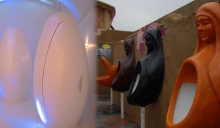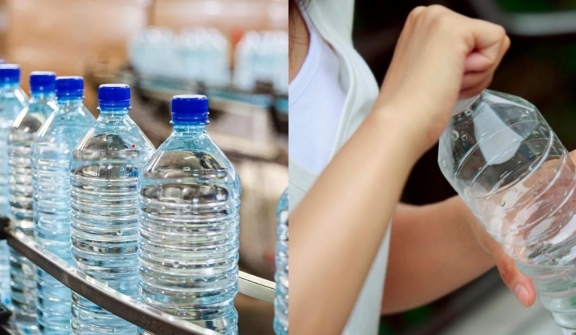
A video on YouTube revealed the unpleasant truth about the production process, causing individuals to rethink their preferences.
This newfound knowledge has led to a search for alternative options and reshaped people's thoughts about bottled water.
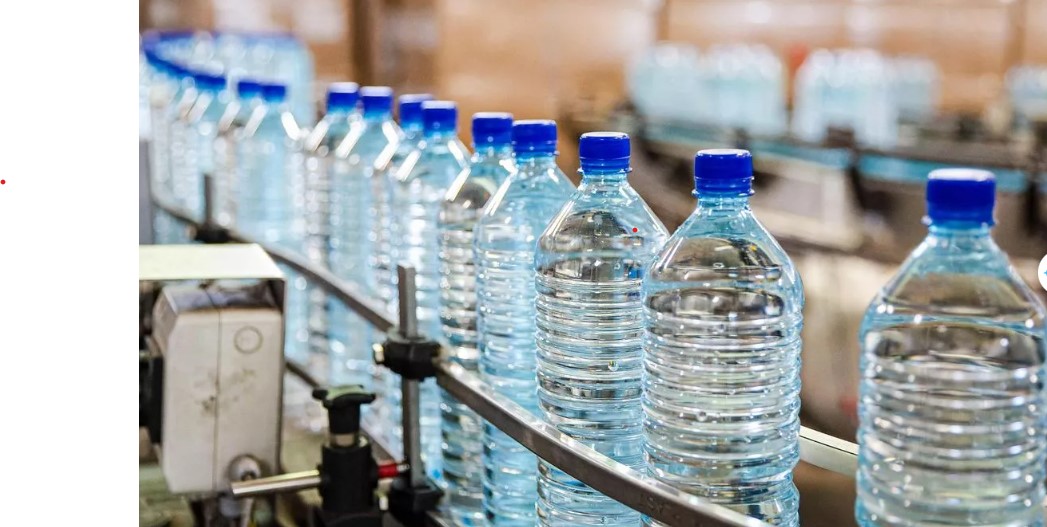
Empty water bottles add to the serious pollution issue our planet faces, with around 60 million bottles being disposed of in landfills every day.
However, there is another disturbing factor that recent studies have uncovered.
According to research conducted by Columbia and Rutgers University, an average liter of bottled water contains nearly a quarter of a million nanoplastic fragments.
Five samples from three popular bottled water brands were analyzed, revealing nanoplastic levels ranging from 110,000 to 400,000 per liter.
The study also revealed that a notable amount of plastic pollution comes from the bottles themselves.
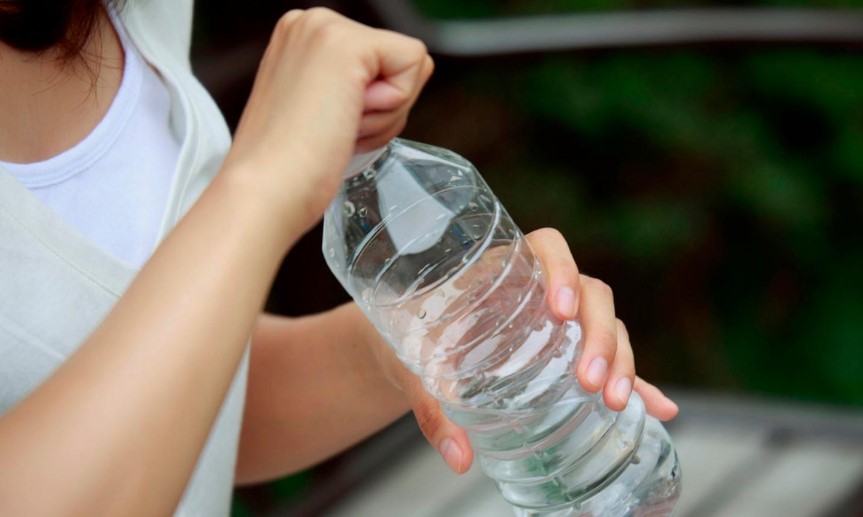
While the exact health risks of consuming plastic are still unclear, the findings have made consumers worried.
Therefore, more people are now choosing tap water instead, as they become increasingly aware of the possible dangers of drinking bottled water.
In addition to the environmental concerns, the manufacturing process of water bottles has come under scrutiny due to its excessive waste generation.

Chris Hogan, a spokesperson for the International Bottled Water Association, acknowledged the efficiency of water use in bottled water production compared to other packaged beverages.
However, he emphasized that the amount of water utilized in manufacturing the bottle itself can be up to six or seven times the volume of water contained within it.

A YouTube channel called Mashed recently shared more information about how water bottles are made in a viral video.
The video revealed that making a single bottle consumes a significant amount of resources.
Just imagine, every year, the process of making water bottles uses around 17 million barrels of oil. That's like the amount of fuel used by one million cars in a single year.
This discovery shows that making water bottles uses a lot of important resources, which raises even more worries about how sustainable and environmentally friendly it is.
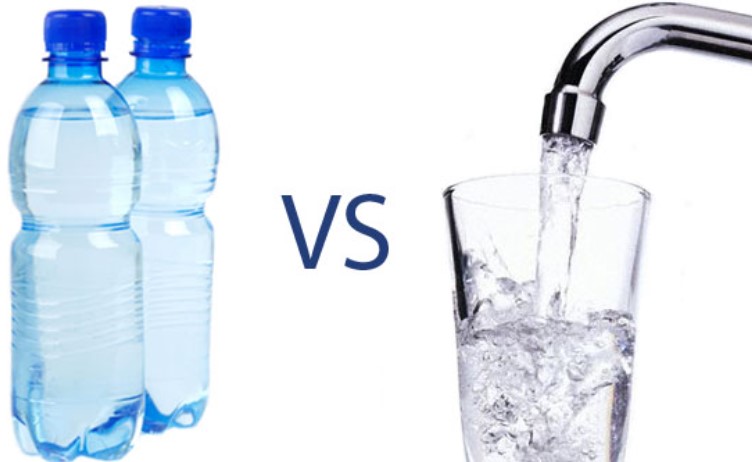
Furthermore, it has been found that a large portion of bottled water actually comes from the same places as tap water.
In 2009, 52 percent of bottled water was sourced from these public water supplies, and by 2018, that number had increased to 64 percent.
Surprisingly, bottled water is not held to the same strict safety regulations as tap water, which raises worries about its quality and safety.


